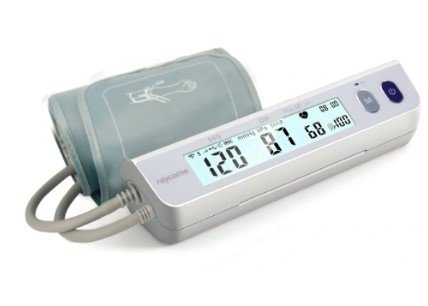Phlebotomists' Guidelines for Collecting Blood from Terminally Ill Patients
Summary
- Phlebotomists must prioritize patient comfort and dignity when collecting blood samples from terminally ill patients receiving end-of-life care.
- Protocols are in place to ensure proper handling and labeling of blood specimens to maintain patient safety and prevent errors.
- Communication with Healthcare Providers and family members is essential to coordinate blood draws and address any concerns or special considerations.
Introduction
Phlebotomists play a crucial role in the healthcare system by collecting blood samples for diagnostic testing. When working with terminally ill patients receiving end-of-life care, phlebotomists must approach the collection process with sensitivity and compassion. In this article, we will explore the protocols and guidelines in place for phlebotomists to follow when collecting blood samples from patients who are in the final stages of their life.
Ensuring Patient Comfort and Dignity
When collecting blood samples from terminally ill patients, phlebotomists must prioritize the comfort and dignity of the individual. This includes:
- Explaining the procedure to the patient and obtaining their consent before beginning the blood draw.
- Selecting a suitable Venipuncture site that minimizes discomfort and trauma to the patient.
- Taking the time to listen to the patient's concerns and address any fears or anxieties they may have.
Following Proper Protocols
Phlebotomists must adhere to strict protocols and guidelines when collecting blood samples from all patients, including those who are terminally ill. Some key considerations include:
- Using appropriate personal protective equipment to prevent the transmission of Infectious Diseases.
- Labeling blood specimens accurately and legibly to ensure proper identification and prevent errors in testing.
- Following proper Hand Hygiene practices before and after each blood draw to maintain a sterile environment.
- Properly disposing of sharps and biohazardous waste to prevent accidental injuries and contamination.
Communication and Collaboration
Effective communication with Healthcare Providers, family members, and other members of the healthcare team is essential when collecting blood samples from terminally ill patients. Phlebotomists should:
- Coordinate blood draws with the patient's care team to minimize disruptions to the individual's comfort and routine.
- Provide timely updates to Healthcare Providers regarding the results of the blood tests to facilitate proper treatment and care decisions.
- Address any concerns or special considerations raised by the patient's family members to ensure a collaborative and supportive approach to care.
Conclusion
Collecting blood samples from terminally ill patients receiving end-of-life care requires phlebotomists to approach the process with compassion, sensitivity, and adherence to strict protocols. By prioritizing patient comfort and dignity, following proper procedures, and communicating effectively with the healthcare team, phlebotomists can ensure that blood collection is conducted safely and respectfully in these challenging circumstances.

Disclaimer: The content provided on this blog is for informational purposes only, reflecting the personal opinions and insights of the author(s) on the topics. The information provided should not be used for diagnosing or treating a health problem or disease, and those seeking personal medical advice should consult with a licensed physician. Always seek the advice of your doctor or other qualified health provider regarding a medical condition. Never disregard professional medical advice or delay in seeking it because of something you have read on this website. If you think you may have a medical emergency, call 911 or go to the nearest emergency room immediately. No physician-patient relationship is created by this web site or its use. No contributors to this web site make any representations, express or implied, with respect to the information provided herein or to its use. While we strive to share accurate and up-to-date information, we cannot guarantee the completeness, reliability, or accuracy of the content. The blog may also include links to external websites and resources for the convenience of our readers. Please note that linking to other sites does not imply endorsement of their content, practices, or services by us. Readers should use their discretion and judgment while exploring any external links and resources mentioned on this blog.
